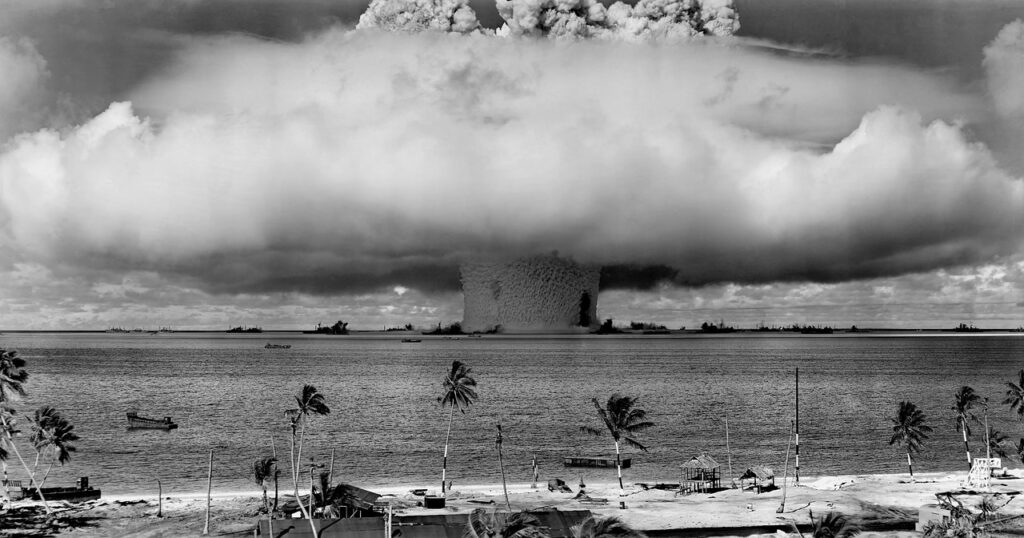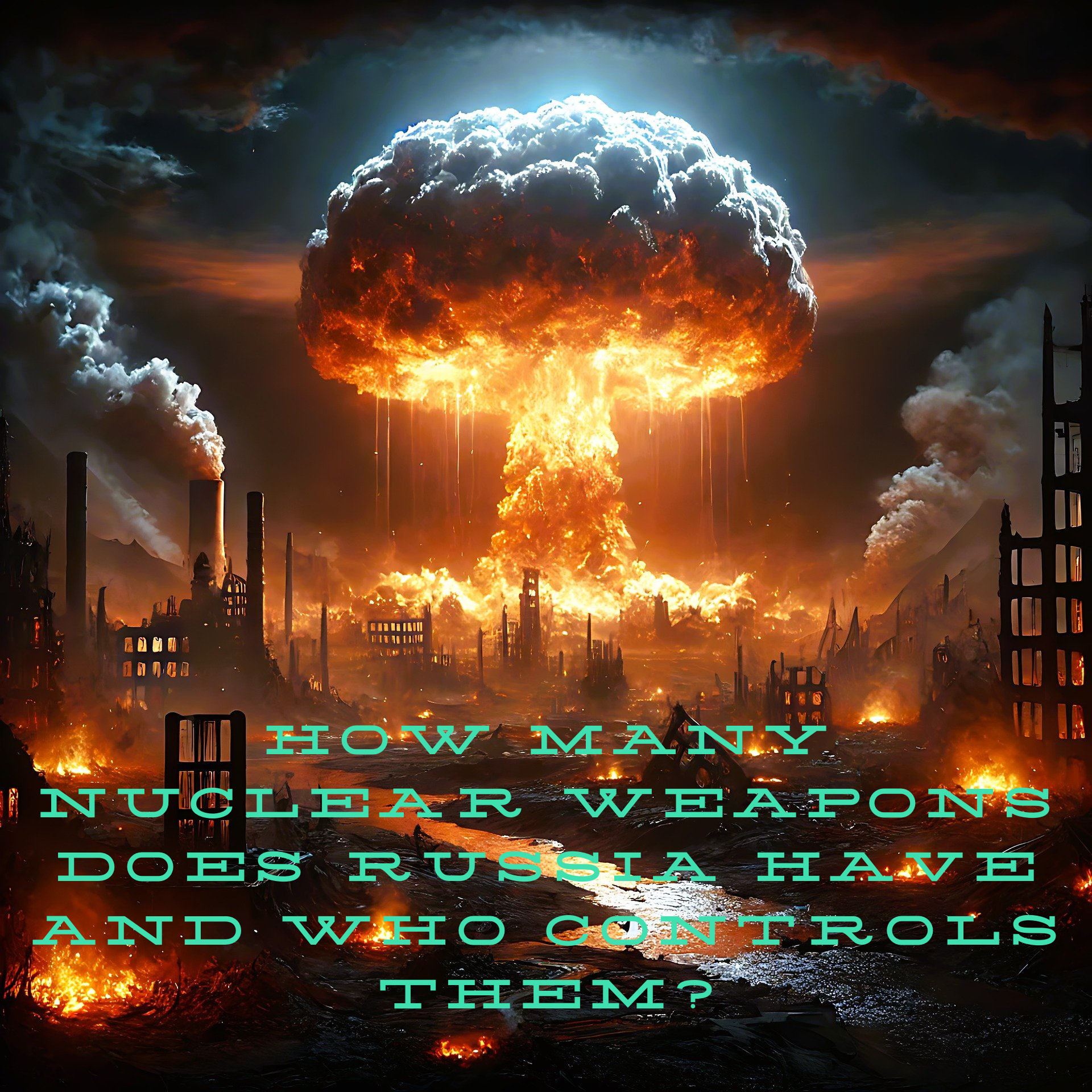Russia possesses the largest stockpile of nuclear weapons in the world, having inherited these arms from the Soviet Union. According to the Federation of American Scientists (FAS), Russia controls approximately 5,580 nuclear warheads. Here’s a breakdown of these numbers:

- Retired Warheads: About 1,200 warheads are retired but still largely intact.
- Operational Stockpile: Approximately 4,380 warheads are ready for use.
Of the operational warheads, around 1,710 are classified as strategic and are actively deployed:
- 870 are mounted on land-based ballistic missiles.
- 640 are on submarine-launched ballistic missiles.
- Up to 200 are stationed at heavy bomber bases.
These numbers illustrate that Russia has the capability to inflict catastrophic damage, a power that is similarly held by the United States.
Historical Context
During the height of the Cold War, the Soviet Union boasted around 40,000 nuclear warheads, while the United States peaked at about 30,000. Today, both nations are still modernizing their arsenals.
Conditions for Use of Nuclear Weapons
According to Russia’s nuclear doctrine, published in 2020, nuclear weapons may be used under specific circumstances:
- In response to a nuclear attack or the use of other weapons of mass destruction.
- In reaction to conventional attacks that threaten the very existence of the Russian state.
Recently, President Vladimir Putin has indicated changes to this doctrine. These updates suggest that Russia may consider a nuclear strike if attacked with conventional weapons, especially if the attack is supported by a nuclear power. This expands the scenarios in which Russia might resort to nuclear weapons.
Who Gives the Launch Order in Russia?
In Russia, the ultimate authority for launching nuclear weapons rests with the president, currently Vladimir Putin. He always has access to a special nuclear briefcase known as the “Cheget,” named after Mount Cheget in the Caucasus Mountains.
Additionally, the defense minister, Andrei Belousov, and the chief of the general staff, Valery Gerasimov, are also believed to carry their own briefcases.
These briefcases serve as communication tools that connect the president to high-ranking military officials and the missile forces through a secure command-and-control network called “Kazbek.” This system works alongside another called “Kavkaz.”
Future of Russia’s Nuclear Arsenal
The United States has pointed out in its 2022 Nuclear Posture Review that both Russia and China are in the process of modernizing and expanding their nuclear forces. However, recent analyses indicate that while Russia’s nuclear rhetoric has been alarming, significant changes to their arsenal have not occurred recently beyond ongoing modernization efforts.
Conclusion
Russia’s nuclear capabilities are a critical aspect of global security dynamics. Understanding the extent and potential use of these weapons is essential for assessing international relations and security strategies. As global tensions continue, monitoring these developments remains crucial for peace and stability.





Leave a Reply